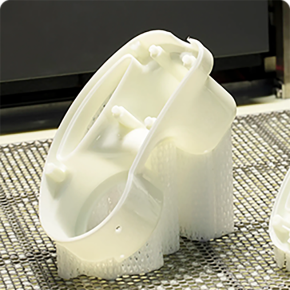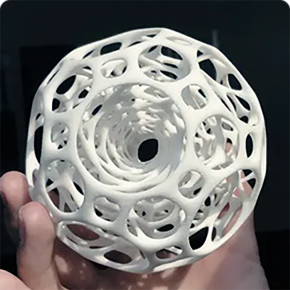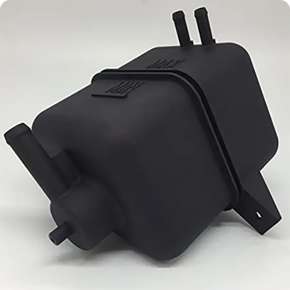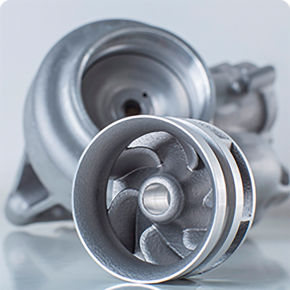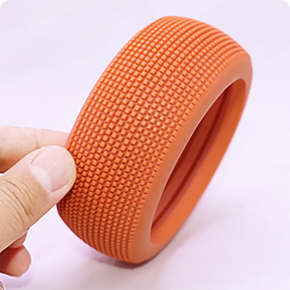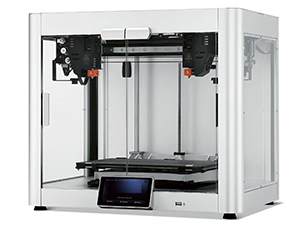
Industrial Grade 3D Printing Machine
The industrial-grade 3D Printing Machine is characterized by a large printing size, high precision, and fast speed. It can fulfill the high-precision demands of industrial production for parts. It can employ multiple technologies like SLS and SLM and is frequently used to manufacture parts and molds in fields such as aerospace, automobiles, and medical treatment.
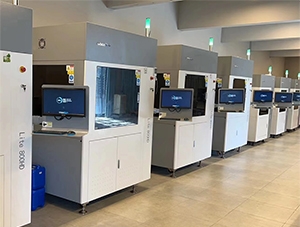
Desktop Grade 3D Printing Machine
The desktop-level 3D Printing Machine is of relatively compact size and is suitable for individuals, small studios, or educational institutions. It mainly utilizes FDM technology and is capable of printing small items that do not have extremely high precision requirements, such as toys, models, and creative ornaments.
